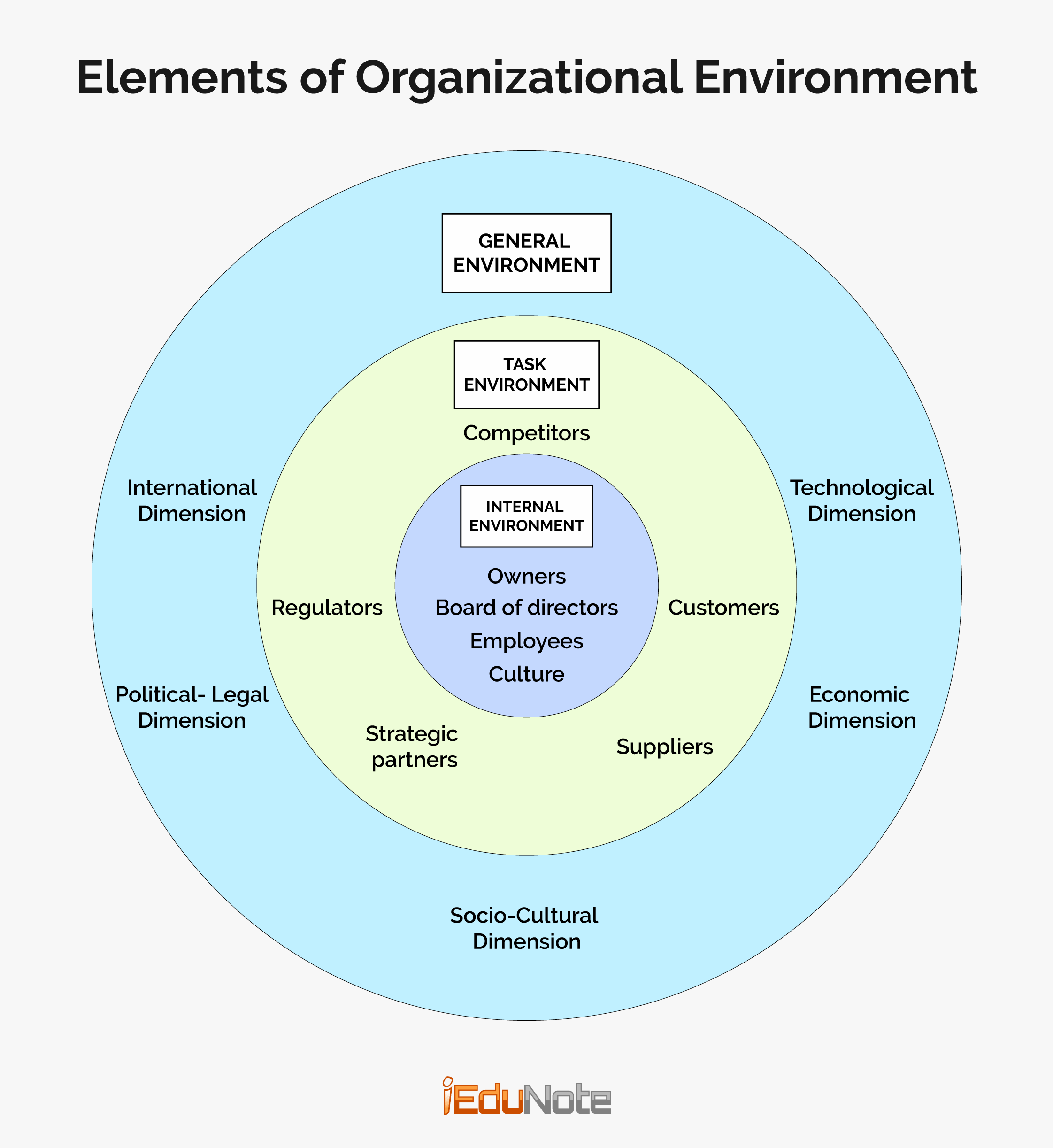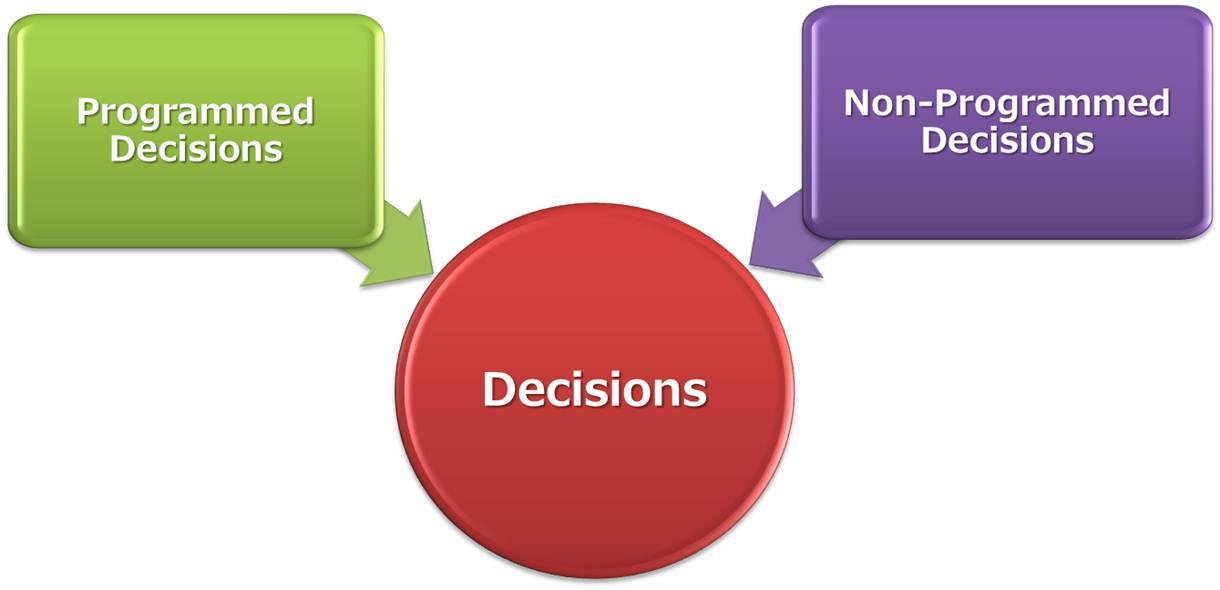Motivation theories are used to understand, explain, and influence human behavior. Early and modern theories of motivation allow a manager to find the reasons for people’s actions, desires, and needs. Motivation theories also explain how to influence one’s direction to behavior that allows controlling and guiding employees’ actions.
Many theories of motivation are developed by phycologists and human resources specialists.
11 Types of Theories of Motivation
4 Early Theories of Motivation
Early theories are important as they represent a foundation from which contemporary theories have grown.
Practicing managers still regularly use these theories and their terminology in explaining employee motivation.
Early theories of motivation are;
- Hierarchy of Needs Theory by Maslow,
- ERG Theory, developed by Clayton Alderfer.
- Theory X and Theory Y by Mcgregor, and
- The Two-Factor Theory of Motivation – Hygiene and Motivational Factor of Herzberg.
In the 1950s, three specific theories were formulated and are the best known. They are; Hierarchy of Needs Theory by Maslow, Theory X and Theory Y by Mcgregor and Two-factor theory of Herzberg.
The following theories are considered contemporary or modern not only because they necessarily were developed recently, but because they represent the current state of the art in explaining employee motivation.
Modern or contemporary motivation theories are;
- Acquired Needs Theory by McClelland’s.
- Goal Setting Theory by Edwin Locke.
- Theory of Self Efficacy by Albert Bandura.
- Reinforcement Theory by B.F. Skinner and his associates,
- Cognitive Evaluation Theory,
- Expectancy Theory by Victor H. Vroom,
- Equity Theory of J. Stacy Adams.
In a nutshell, we can say that motivation is a means of inspiring people to intensify their desire and willingness to discharge their duties efficiently and to co-operate for the achievement of common objectives.
Understanding these motivation theories shows the motivation process in management and organizational behavior.
There are quite a few numbers of theories explaining human motivation. A thorough review of all theories of motivation is not possible in this short span of our book. We shall concentrate on three of the important theories explaining consumer motivation. They are: (1) Psychoanalytic theory; (2) Gestalt theory; and, (3) Cognitive theory. Let us now discuss them in turn
Psychoanalytic Theory
This theory was developed from the thoughts of Sigmund Freud. He postulated that the individual’s psyche or mind and personality has three basic dimensions: the id, the ego, and the super ego.
It follows that consumer behavior is a function of the interaction of these three systems.
The id refers to the free mechanism that leads to strong drives.
Such drives (motives) are not influenced by morality or ethics.
Ego refers to the act of weighing consequences and tries to reconcile with reality. It is an equilibrating device that leads to socially acceptable behavior and imposes rationality on the id. The ego weighs the consequences of an act rather than rushing blindly into the activity.
Finally, super ego is a person’s conscience. It is highly rational and tries to keep the activities morally right.
In essence, the id urges an enjoyable act; the super ego presents the moral issues involved and the ego acts as the arbitrator in determining whether to proceed or not.
This has led to motivation research and has proved to be useful in analyzing buyer behavior. This, in turn, has contributed some useful insights in the advertising and packaging fields.
Refinements of Freud’s Theory
Freud’s theory was later challenged by three of his followers. They are: Alfred Adler, Erich Fromm, and, Karen Horney.
According to Adler, the basic human motive is the urge to achieve superiority. He thought that from the very childhood, an individual develops inferiority complex. Latter part of his life, thus, is shaped by the desire to become superior. Fromm thought that, individuals have urges toward love, affection, and companionship.
According to him this urge is the strongest motivation of individuals. Horney thought that individuals develop anxieties from the very childhood, and the rest of the lives is shaped by the struggle to reduce anxieties developed in the childhood.
Gestalt Theory of Motivation
According to the Gestalt psychologists, motivation of an individual is determined by all of the forces present simultaneously in his mind or psyche. They consider motivation and corresponding behavior as a function of all of the forces of an individual’s mind.
They believe that an action or behavior is the outcome of the individual’s experiences, past, goals, as well as the environment surrounding him.
Thus, it is the totality of forces work in the person at the same time. To them, one’s motivation may be understood by taking into account all of the forces in the life span of an individual
They include his desires, fears, and inhibitors. When a need remains unmet, an individual feels tension, and he tries to reduce it by taking into account the combining force or valence of the act.
It includes both positive and negative consequences involved in the satisfaction of the unmet need. He makes an equation in his mind on the positive and negative consequences. His ultimate behavior is dependent on
the result of his mental equation. An individual, for example, will be motivated to buy an item if the positive valence outweighs the negative valence.

